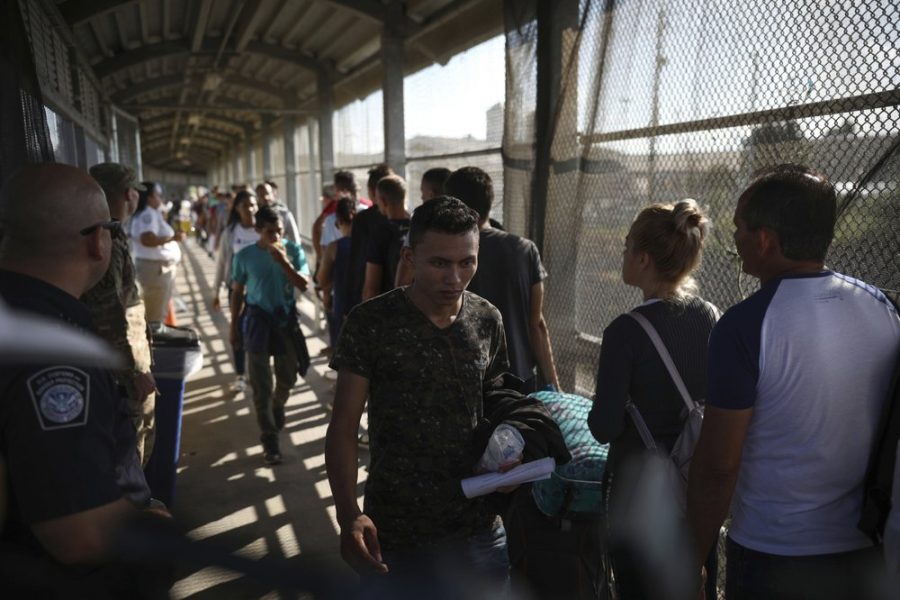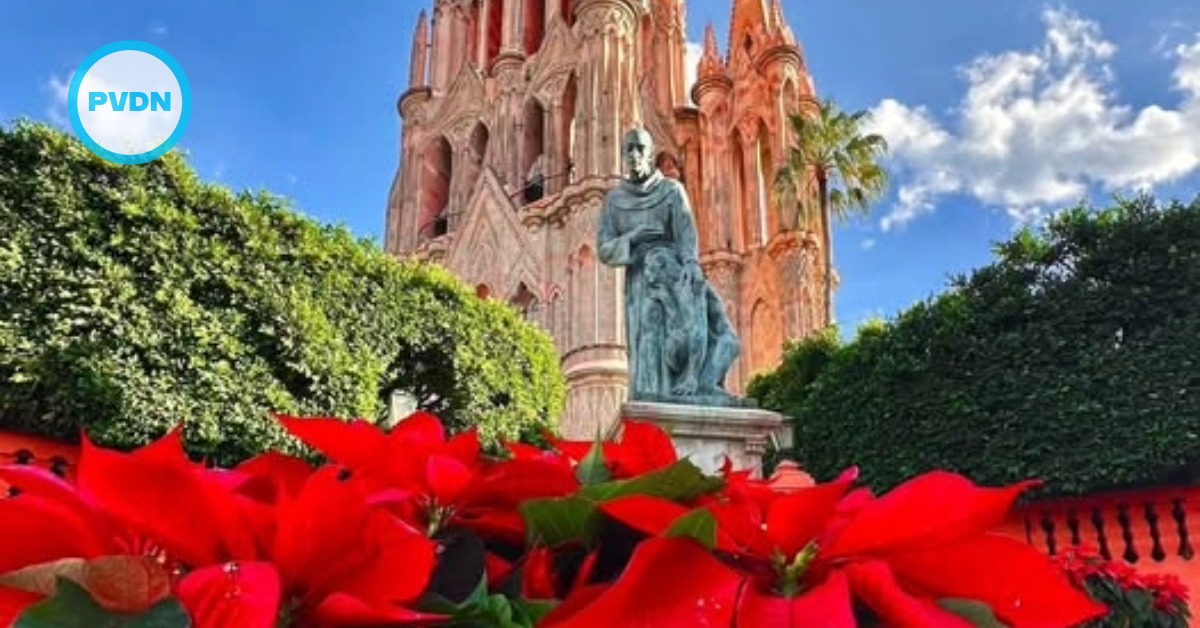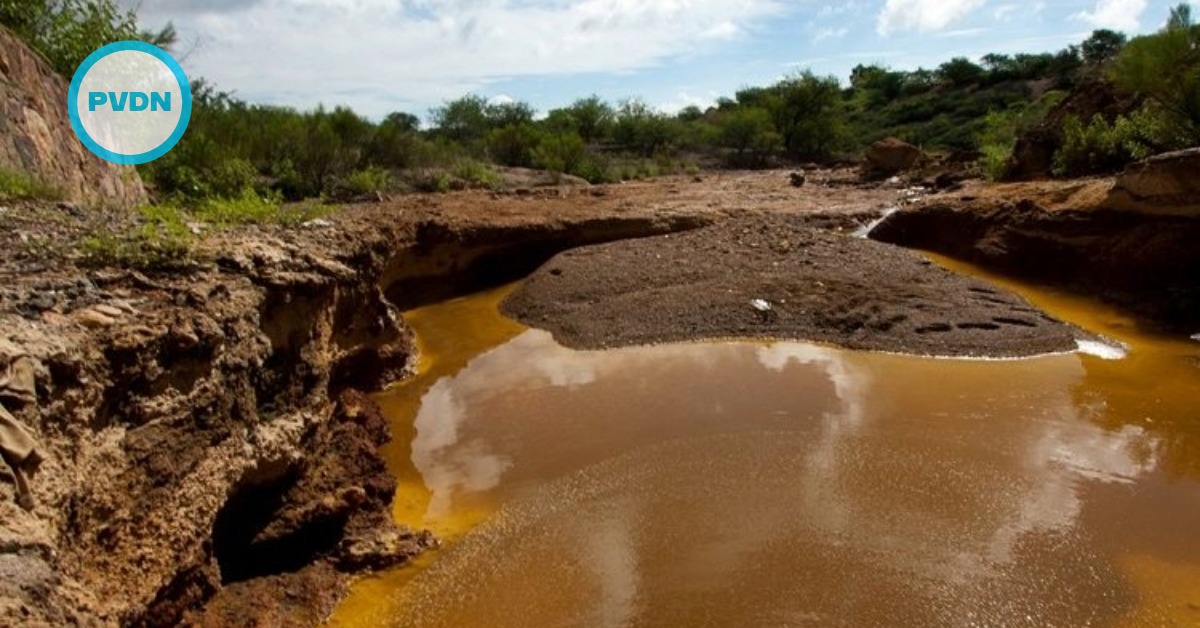A Trump administration program forcing asylum seekers to wait in Mexico has evolved into a sweeping rejection of all forms of migrants, with both countries quietly working to keep people out of the U.S. despite threats to the migrants’ safety.
The results serve the goals of both governments, which have targeted unauthorized migration at the behest of President Donald Trump, who threatened Mexico with potentially crippling tariffs earlier this year to force action.
Some people sent to wait in the Mexican border cities of Nuevo Laredo and Matamoros said they never requested asylum, including Wilfredo Alvarez, a laborer from . . .






